Orthokeratology or OrthoK for hyperopia (farsightedness)
As you’ve seen previously, Core Optique has been discussing orthokeratology, and all the benefits that this customised contact lens has to offer for patients suffering with myopia.
Exciting news, is orthokeratology can now assist in correcting hyperopia!
What is hyperopia you ask?
Hyperopia, or farsightedness, is when you see things that are far away better than things that are up close. Your eyes focus better on distant objects than on nearby ones.
People with hyperopia often have reasonable vision in the distance, but may find that during near work, such as reading, they experience eye strain or headaches
Orthokeratology can work just as well for hyperopic patients as it does for myopic patients! People love being able to do away with their reading glasses, or not having to worry about the day-time dryness during soft contact lens wear that can affect older patients.
Hyperopia — also known as longsightedness or hypermetropia — refers to poor near vision but clear distance vision. This often occurs in patients over the age of 40 and involves the shortening of the eyeball in relation to the power of the eye’s lenses. The light rays then focus at a point behind the retina, rather than directly on its surface.
Hyperopia is not as clearly associated with the onset of ocular disease, but if not corrected those with the condition often find they suffer from headaches, eye strain, and fatigue. Hyperopic ortho-K has generated far less interest from researchers, contact lens manufacturers and optometrists as myopic ortho-K. The first hyperopic ortho-K lenses involved steep-fitting rigid contact lenses to induce central corneal steepening, and was first described by Jessen in 1962. In more recent times, the use of high oxygen-permeable materials and newer designs have sparked a new interest in hyperopic ortho-K.
While spectacles are an equally viable treatment for correcting hyperopia, many patients find them cumbersome or, particularly in those with higher degrees of longsightedness, unflattering. Soft disposable or RGP contact lenses worn throughout the day are also a popular option. Patients who make use of the ortho-K program find that not being required to wear lenses during the day is preferable to both daily spectacle or daily contact lens wear. (Innovative Eyecare)
If you are farsighted, and would like to see if you are eligible for orthokeratology for hyperopia, book an orthokeratology assessment with our highly trained optometrists today!
If you would like more information, fill out the below form, and one of our optometrists will be in contact to answer any of your questions!
